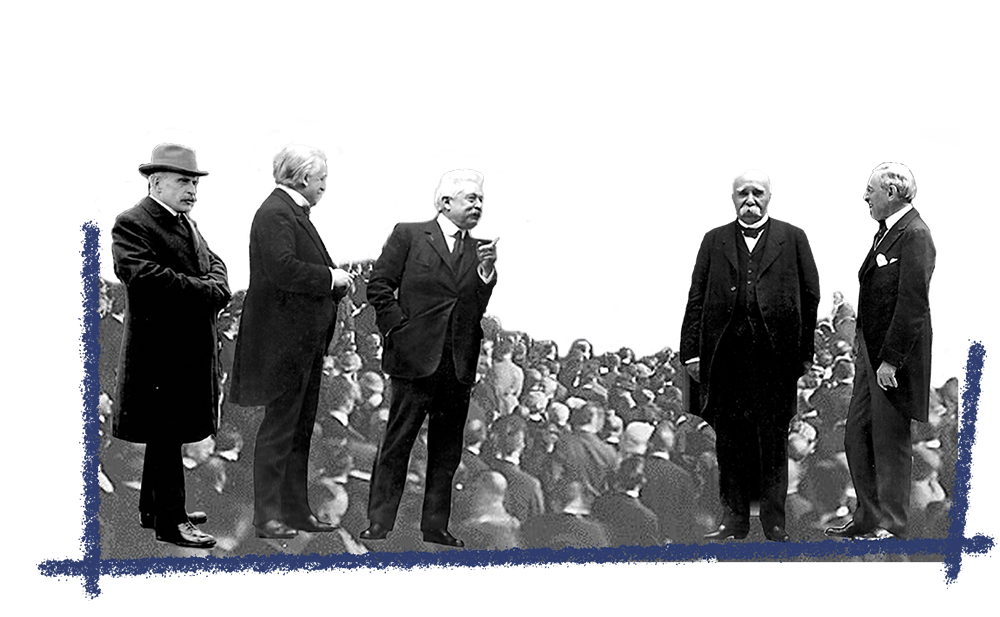One of Canada’s roles in Afghanistan was to try and convince the local Afghan people to support the efforts of the Canadian military and its allies in eradicating the Taliban to democratize their country. How did the Canadian military do this? And did we really win the war on terror?
In this activity students will read excerpts from the ancient Chinese text The Art of War and watch excerpts from Canadian soldiers’ testimonials from Afghanistan. The Art of War was probably written by military theorist Sun Tzu in the 6th century BCE. For 2 000 years it was the most important military narrative in Asia and its valor has spread around the world. Students will analyze the teachings of the text and compare their applicability with the Afghanistan War by comparing them with the testimonies of Canadian veterans.
This activity was designed to accompany our Remembering Afghanistan exhibit. The exhibition is also available for free to your school by completing our reservation form.
Contents of the activity
Using the student guide, students will read the following excerpts from The Art of War and watch the below videos from Canadian military personnel sharing their experiences in Afghanistan. Students will first analyze the ancient Chinese text and soldier testimonies by answering a series of questions. Students will then write their observations from the questions they answered in a reflective essay of approximately 500 to 750 words.
Testimonials are available below. A playlist is also available here, via our YouTube channel.
Activity objectives
The aim of this educational activity is to give Cycle 2 students a better understanding of Canada’s role in the Afghan War. In keeping with the Quebec Education Program, this activity develops knowledge related to International relations and the Canadian army missions abroad.
This activity also develops students’ knowledge of Quebec and Canadian history through the competencies promoted by the Quebec Education Program:
- Characterizes a period in the history of Quebec and Canada
- Interprets a social phenomenon
This activity is also adapted to the Contemporary World course, fitting in with the Tensions and Conflicts theme and promoting the following skills:
- Interprets a contemporary world problem
- Takes a position on a contemporary world issue
Activities you might also like

Renegotiate the Treaty of Versailles
The Treaty of Versailles has always been a controversial document and, according to some historians, its punitive clauses may have contributed to the outbreak of the Second World War. This historical role-playing game lets students come up with their own conclusion to the war while demonstrating the difficulties of diplomatic negotiation and teaching about the conflicting hopes and expectations that shaped this important document.

Document Analysis: Divided Canadians and the Conscription Crisis
The conscription crisis at the height of the Second World War is one of the most significant events in Quebec history. In this activity, students will gain a better understanding of the debates surrounding conscription by analyzing the points of view of various politicians and doing original research on them.

Consensus Building Jirga: To intervene or not?
What was 9/11? How did it change the world forever? What is NATO? What happened in Afghanistan’s history that led to war? Students will engage in a consensus building activity to exercise their critical thinking skills involving Canada’s involvement in Afghanistan and the War on Terror.

